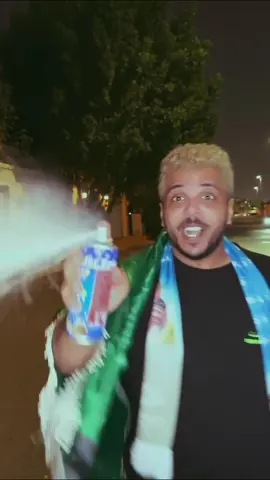﮼روان،محمد 🎀 .
Region: LY
Friday 04 August 2023 20:03:49 GMT
3235195
177169
2173
8284
Music
Download
Comments
Ahmet🔘 :
say barca to get Her🥰 say real to get football😂
2023-09-08 05:08:32
3
♕مهندسه نونا♡ :
برشالونه❤
2024-01-23 23:36:32
1
Anfac💋🎀 :
awwwwwwow😭😂😂😂😂
2023-10-20 16:04:22
2
L :
العاشقون لا يغيرون من يعشفون"🤍
2023-08-05 07:22:23
1570
Deor𐙚ֹ :
مساء المريخ ميسي يحلم يصير التاريخ✨
2024-04-13 19:07:28
144
A :
حبيب البنات كلهن
2023-08-04 21:47:49
175
Retaj 💜 :
يجننن❤💙حبيبي برشلوني
2023-08-05 02:01:22
332
ahmad17 :
اكثر ناس بتقهرني الي بتقول ريالي بدل مدريدي
2023-08-05 07:35:16
339
ُ :
نـحـن امـيـرات ريال مدريد فمـن انـتم💙🔥.
2024-04-23 13:03:15
12
مدريديه 🤍 🇸🇾 :
حبيبي مدريدي
2024-03-16 15:37:48
12
CR7 😈☠️😎🔥 :
العاشقون لا يغيرون من يعشقون 🤍هلا مدريد دائما وابدا
2023-08-05 03:48:55
172
نِـــــوࢪ.𐙚🎀 :
تخلئ عن الريال بثانيه🤣👍
2024-05-26 12:01:38
9
قمـ🌙 :
مساء المريخ كرستيانو يحلم يصير التاريخ شرايكم ياجيشييي
2024-04-22 23:06:30
12
🕯 :
العاشقون لا يغيرون من يعشقون حبيبي مدريدي 🫦🤍💙.
2023-09-11 13:58:21
97
مسلم ضياء :
اغير الاحبة وماغير مدريد🤍.
2023-08-05 11:44:08
76
. :
حبيبي برشلوني ويحب برشلونه وانا علشانه البرشة ماريده 😂😂✨
2023-08-06 21:08:31
60
515 بـَنـوو :
العاشقون لا يغيرون من يعشقون. ♥️✨
2024-03-14 12:14:04
5
👑عاشقة ريال مدريد 👑 :
اغير كل اشي الا حبي لي ريال مدريد ❤😌
2023-08-05 15:59:22
23
𓆩𝐘 𝐀 𝐒 𝐒 𝐈 𝐍 🇱🇾 :
اصلا نص مشجعين ريال مدريد على خاطر عنده 14 دوري ابطال 👍🙂
2023-08-18 10:14:21
8
𝐴. :
حبيبي مدريدي ويحب مدريده وانا على شأنه البرشا ماريدة . ( العاشقون لا يغيرونَمن يعشقون ) ✨
2024-12-10 06:52:13
6
𝑄𝐴𝑀𝐴𝑅`🇵🇸 :
ما فهمت
2023-08-05 14:20:46
5
To see more videos from user @r9ox1, please go to the Tikwm
homepage.





